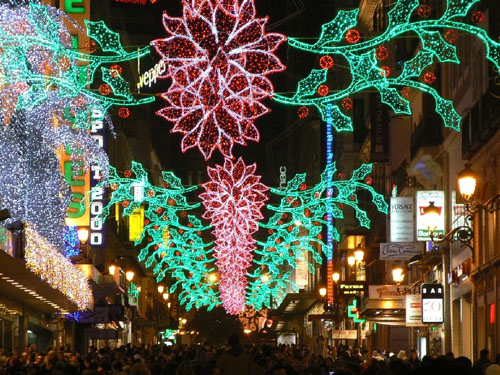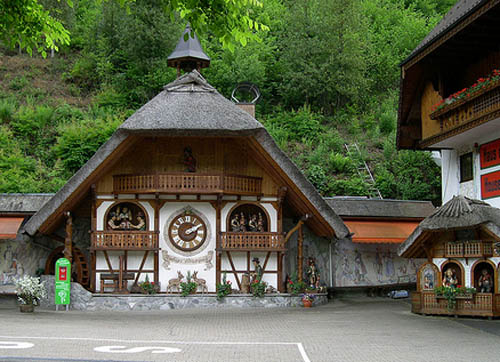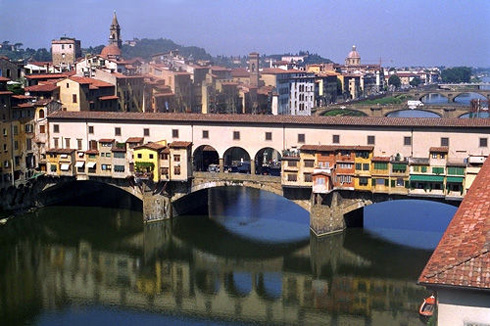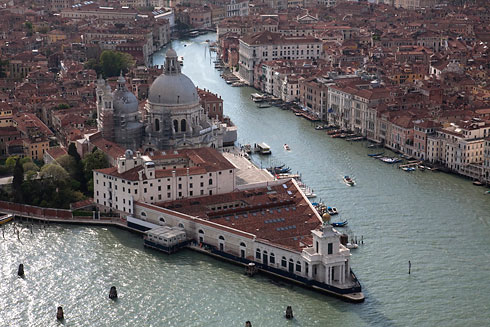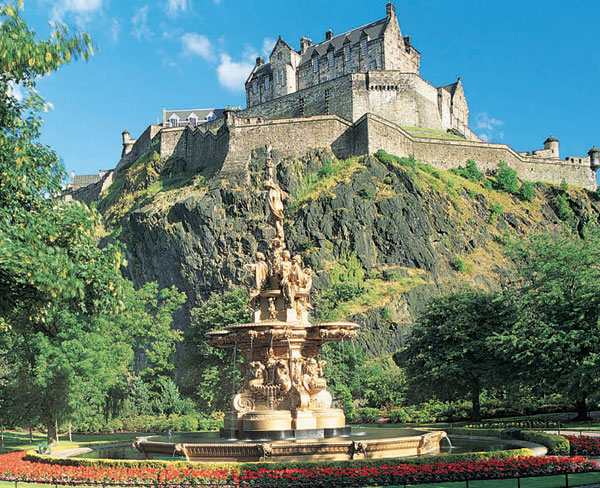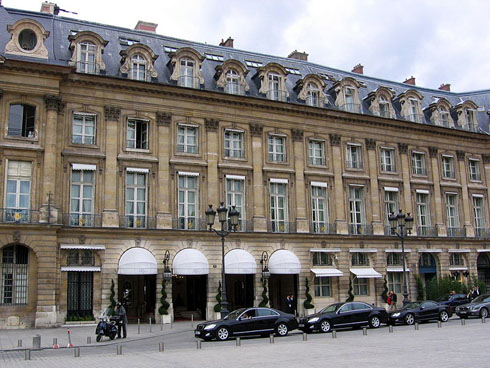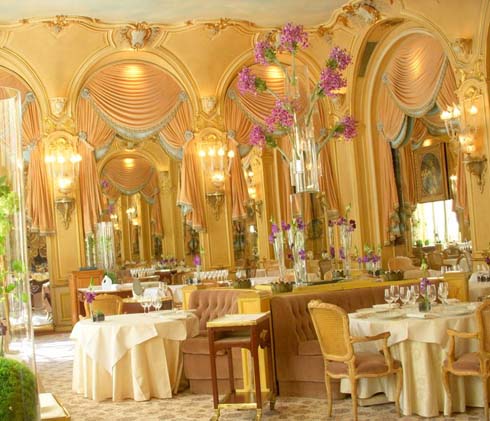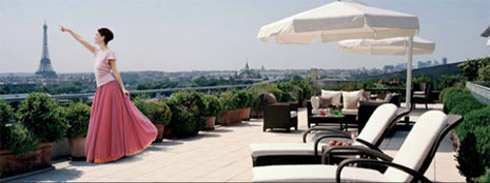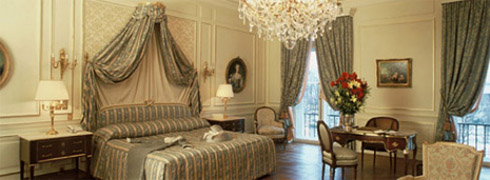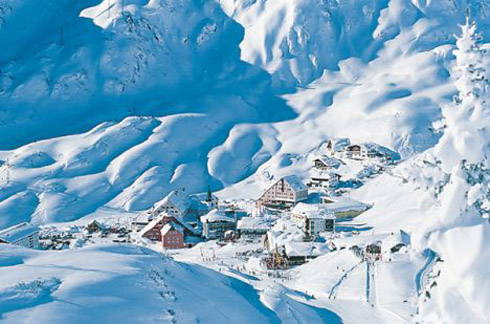
Winter is approaching and it’s time to consider where to spend that luxury ski vacation. Skiing in the lap of luxury also means personalized services, privacy and being pampered.
We constantly search for the best ski resorts around the world. Here are five of the best ski resorts to consider.
Fairmont Chateau Whistler – Canada
As both the top golf resort in Canada and top resort for luxury ski holidays in North America, the Fairmont Chateau Whistler combines an exterior resembling a medieval castle with a classic resort interior that will satisfy the most refined of tastes. The decor at the Chateau Whistler consists of beautiful exposed woods, gorgeous stone hearths and large, cozy leather furniture that is perfect after a long day on the ski slopes.
Guests are also welcomed to relax at the Vida Wellness Spa and stay active with the recreation concierge. The Fairmont Chateau Whistler is located in Whistler, British Columbia.
Hotel Hermitage – Italy
Resting adjacent to the ski slopes of Ponte Vecchio, the Hotel Hermitage has long been considered to be Italy’s premiere ski resort. Suites at the the Hotel Hermitage are centered around classic aristocratic luxury with antique furnishings from the 17th to 19th century. However, each room has been freshly renovated with exquisite bathrooms, hardwood floors and tasteful wall coverings.
The interior decor and general atmosphere is bound to turn off travelers in search of a high end contemporary hotel, but guests in search of a luxurious private getaway reminiscent of the greatest bed and breakfasts will find the Hotel Hermitage to be impeccable.
Kulm Hotel – Switzerland
In a resort town full of five star hotels, Kulm Hotel prides itself on exceeding the expectations of every guests for reviews that are truly off the charts. This 150-year old ski resort is decorated with luscious Swiss pine and yarns of the highest quality velvets and other textiles. With the best location in all of St. Moritz, the Kulm Hotel offers simply stunning views of the Engadin lake, valley and mountains that define luxury vacations.
When guests are not skiing, they are enjoying the high end spa or walking on foot to the nearby restaurants and bars. The service at the Kulm Hotel is impeccable, with a personal greeting by the general manager upon arrival and a staff that is dedicated toward fulfilling the promise of the hotel’s motto: “whatever you like.” Be aware that this is considered a fairly formal hotel for the wealthy elite of Europe, with a strict dress code that borders upon black tie for most public areas.
Arlberg Hospiz – Austria
The Arlberg Hospiz is a luxury ski resort that has earned a reputation for being one of the most well managed boutique hotels in the world, despite the fact that it has been operating in its current incarnation for a little over a decade. Unlike most top luxury ski resorts, the Arlberg Hospiz manages to deliver five star accommodations and service while retaining a surprisingly warm and welcoming atmosphere.
The hotel is furnished like most high end hotels in Austria with heavily carved wooden decor and huge, comfortable furniture. The wine list at the hotel is especially noteworthy for its impressive collection of top clarets that are simply not available to the average consumer.
La Seizena – France
Nestled at the overlook of the ski slopes at Courchavel, La Seizena is one of the most breathtaking and modern luxury ski resorts in the world. With panoramic views of the Courchavel valley and elegant decor of polished aluminum evoking the spirit of flight, this boutique hotel has accommodations of only 20 suites and a dedicated staff to ensure that their quests enjoy the very best in luxury accommodations.
All of the spacious rooms and suites come accommodated with large plasma televisions, exquisite furniture and internet access, and guests have complimentary access to the Hamman spa, fitness room and library lounge. However, La Seisena is perhaps best known for its accompanying restaurant serving world class continental cuisine.
